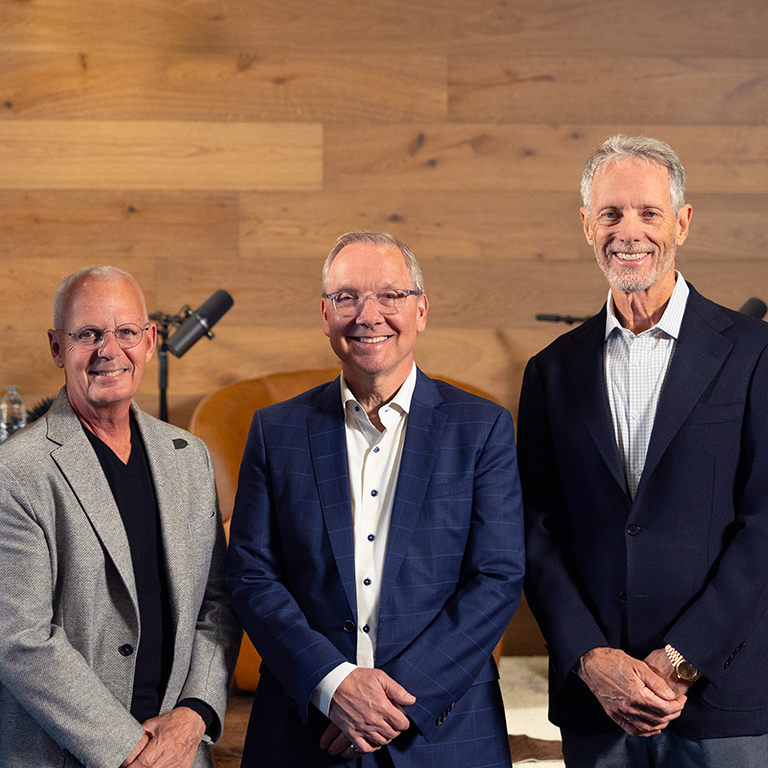
“More money has been lost reaching for yield than at the point of a gun.”
– Raymond DeVoe Jr.
Why are interest rates low?
One of the most common questions we receive comes from savers, investors, and business owners who are sitting with cash earning close to zero interest. Many are wondering if there’s something as safe and liquid as a savings account or government money market fund that would pay more. The short answer is: unfortunately not. Anything paying interest entails some risk in today’s environment. This is a source of frustration for many. Why is it so? The Federal Reserve wants it that way. It wants to make it painful to sit with cash earning zero so that you part with it to invest in riskier assets or spend it on a house, car, boat, new building, etc. Zero interest rates also have the effect, in theory, of inducing more borrowing, further stimulating the economy. Besides that, interest rates are used to discount future cash flows to the present. Low interest rates therefore increase asset prices. This is a major reason stocks have done so well over the past decade. The wealthier you feel from your house, stocks, farm, etc. increasing in value, the more you will spend, boosting the economy. If the economy heats up and unemployment is low, the Federal Reserve will eventually raise its Fed Funds rate, which would also increase interest rates on other vehicles like savings accounts and money market funds. Until that time, we advise patience paired with resolve to resist parting with cash you don’t want to decline in value for investments in riskier bonds or insurance products for a little more yield.
How should I think about cash?
We think cash’s primary value is not derived from the interest income it can produce, but for its value as a call option. A call option is a financial contract that gives its buyer the right, but not the obligation, to buy a certain asset at a particular price within a certain time period. Using a simplified example, you can pay $62 today for the option to buy a share of Facebook stock for $300 by January 2023. You make money on that purchase if Facebook sells for more than $362 by January 2023, otherwise the call expires worthless. We think of cash as a call option on every asset, at any current or future price, with no expiration. The implicit cost you pay to hold the cash call option is inflation. If cash earns zero and inflation is 1.5% per year, your real return for the year on the cash is -1.5%. The purchasing power of cash declines every year at the invisible, but very real, inflation rate. Last March was a great example of a time where one was certainly not disappointed at the low yield on cash, but thrilled to have it to pay the bills, reduce debt, or to purchase bargains in the fire sale occurring in the markets. Cash earning zero today is still valuable to the extent it affords you the ability to do something intelligent in coming weeks, months, and years. It’s a call option on future opportunities.
If you’re at the point where you want an expert opinion on your investments or the general market, reach out and we’d be happy to start a conversation.





